Rügen may be the largest of the German islands, but there are several interesting smaller islands dotted around it. One of these islands is called Vilm, and it is part of the South-Eastern Biosphere. As such, the island has special protection. Boats are not allowed within 100m without permission. Swimming is not allowed in that area either.
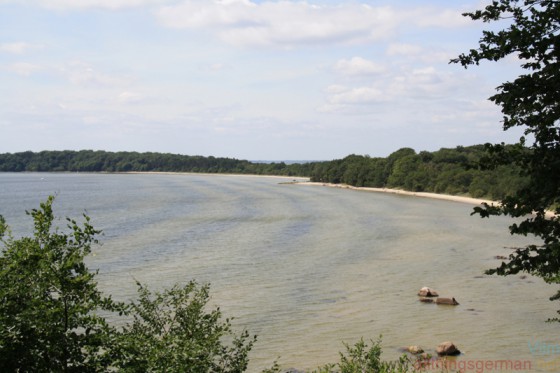 The eastern side of Vilm, once the place where the GDR leadership bathed.
The eastern side of Vilm, once the place where the GDR leadership bathed.
One part of the island is completely out of bounds to visitors, the other is used by a national government agency for nature conservation (Bundesamt für Naturschutz). Visitors here are limited to 30 at any one time, only in organised groups and only along a set path. Even the number of tours each year is limited, so when the Biosphere held a press tour on the island, they had to get special permission to exceed that number!
Ironically, it is the top brass of the GDR who are responsible for the remarkable condition of the island, as they decided to build themselves a small holiday village there. As such, the island was out of bounds for the rest of the population after 1960.
The island is only 2.6km long and less than one square kilometer in size. It has been a protected nature reserve since 1936, making it one of the earliest conservation areas in German.
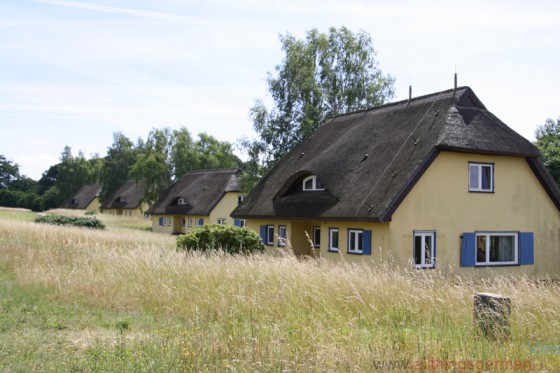 The houses on Vilm, once the holiday homes of the GDR leaders, now home to nature conservationists.
The houses on Vilm, once the holiday homes of the GDR leaders, now home to nature conservationists.
On the far side of the island, the GDR ministers had their own beach to bathe from, offering views on a good day of Usedom and Greifswald. They lived in a number of small houses, supported by staff from Rügen. Also in 1960 a cable was laid to provide electricity to the island. This was supplemented in 2002 by an array of solar panels which now provide 40% of the electricity needed.
Since 1990 the island has become uninhabited. The buildings remain and are used for offices and conferences. But except for this small area, the island has been given back to nature.
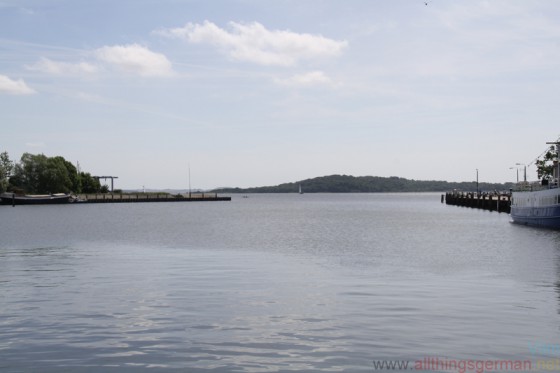 Vilm Island, seen from Lauterbach harbour
Vilm Island, seen from Lauterbach harbour
In 2013 a study of the island found 500 different types of plants growing there. There are also a diverse number of animals, not all of which actually live there permanently. A group of wild pigs from Rügen is known to come across a particularly shallow part of the channel between the two islands, and when earth was being brought across for landscaping to take place a mole was buried in it somewhere and continued to live on the island afterwards according to our guide Andreas Kuhfusz.
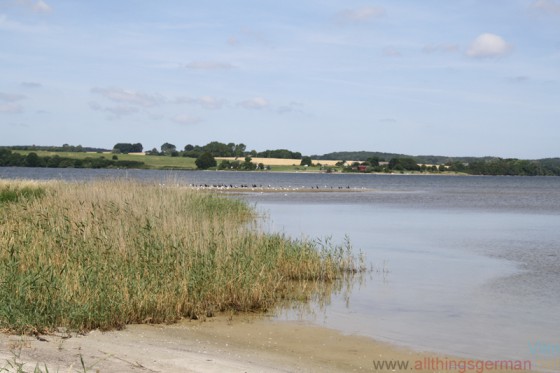 The channel between Vilm and Rügen is only 30cm deep at some points, allowing wild pigs to cross
The channel between Vilm and Rügen is only 30cm deep at some points, allowing wild pigs to cross
At one point on the tour is the old transformer building, which now houses a photo exhibition by Volkmar Hesse called “Der Baum und ich” – photos of the trees on the island taken with a pinhole camera.
Tours to the island leave the harbour at Lauterbach at 10am between March and October, and since the numbers are so strictly limited, it is advisable to book in advance (call 038301 61896). As of 2016, the tour costs €18 for adults and €9 for children aged between 4 and 12. Sturdy footwear is recommended.
(Disclosure: I was one of group of journalists and bloggers invited to visit the island to promote the biosphere.)
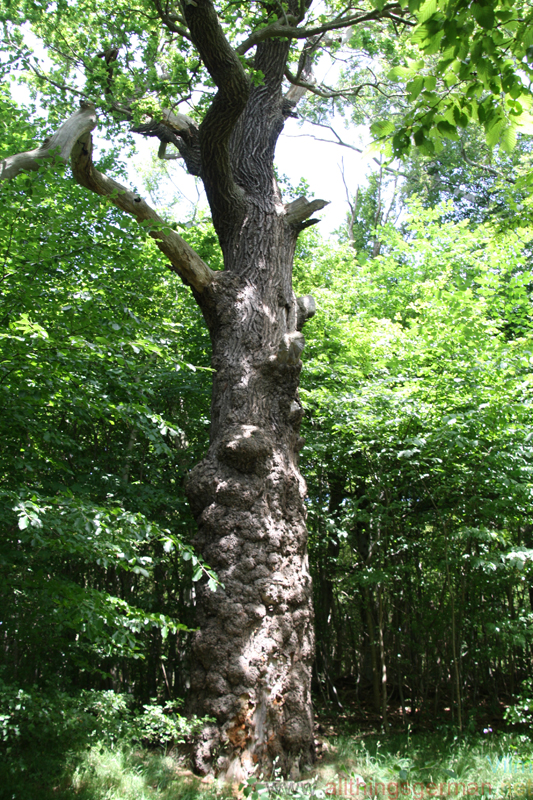
A 400-year-old oak tree on Vilm
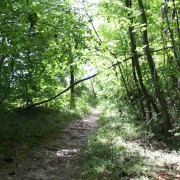
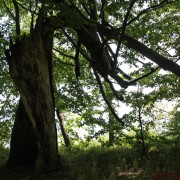
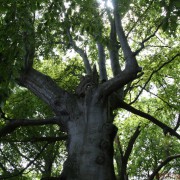
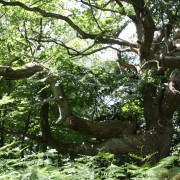
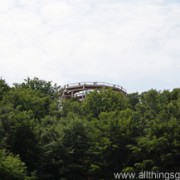
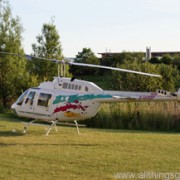
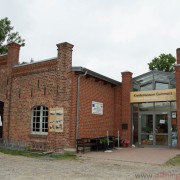


Speak Your Mind